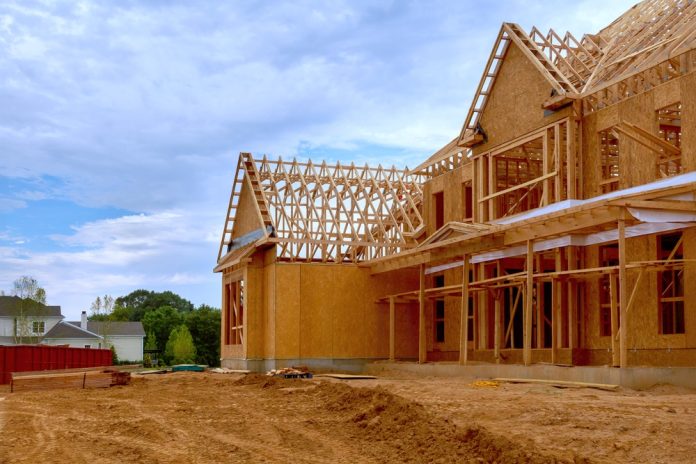Buying land to build your dream home is an exciting (and significant!) step, but it often comes with a big price tag. In fact, the cost of land can be a major roadblock, leaving you with the dilemma of how to secure a desirable location without breaking the bank.
Whether you’re a first-time land buyer or someone who has built homes before, the challenge of minimizing the cost of land can seem daunting. However, with the right knowledge and strategies in hand, you can reduce the upfront financial costs and still acquire the perfect lot for your new home.
In fact, there are several lesser-known ways to minimize the cost of land—strategies that go beyond just negotiating the sale price. From specialized loan programs to creative financing options, there are many paths that can significantly reduce your initial investment. The key is understanding these options and knowing where to look for them. You might be surprised at how much flexibility there is in purchasing land, especially if you’re open to thinking outside the box.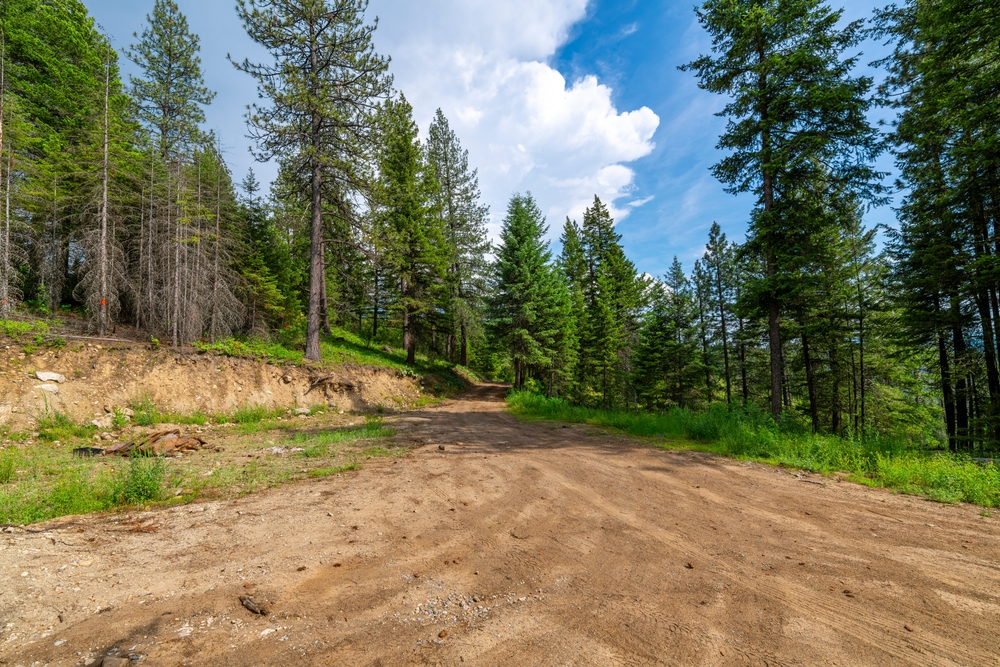
In this article, I’ll walk you through some of the best methods that can help you minimize the cost of land when building your home. Whether you’re considering leveraging existing equity, exploring government programs, or negotiating directly with sellers, these strategies will give you the tools to save money and make the dream of homeownership a reality without overspending on the land. Let’s get to it!
Look for Low-Down-Payment Land Loans
When it comes to land purchases, most buyers focus on traditional loans, which often come with hefty down payments. However, there are several types of loans designed to reduce the upfront costs. If you’re willing to be flexible with your location or loan structure, these options can save you a lot of money.
USDA Rural Development Loans
If the land you’re looking at is in a rural or less-developed area, you may qualify for a USDA Rural Development loan (specifically, a rural housing site loan). These government-backed loans are designed to help buyers purchase land and homes in rural areas, often with little to no down payment. USDA loans are particularly attractive because they don’t require private mortgage insurance (PMI), which can save you money over time (though there are other fees involved). This is an excellent option if you plan to build a primary residence in a rural area.
FHA Construction-to-Permanent Loans
While FHA loans don’t typically cover raw land, an FHA construction-to-permanent loan can combine the cost of both the land and the home construction into one loan. The beauty of these loans is that they often have low down payment requirements—sometimes as low as 3.5%. The loan will convert to a standard mortgage once construction is completed, and you’ll only have to worry about one payment.
VA Construction Loans
Veterans and active-duty military members have access to VA construction loans, which allow for no down payment on both the land and the home construction. Once the home is complete, the loan converts to a permanent VA mortgage. These loans are especially beneficial for those who are eligible, as they typically offer favorable terms and lower interest rates. A VA loan is a fantastic option if you meet the service requirements and are looking to build your primary residence.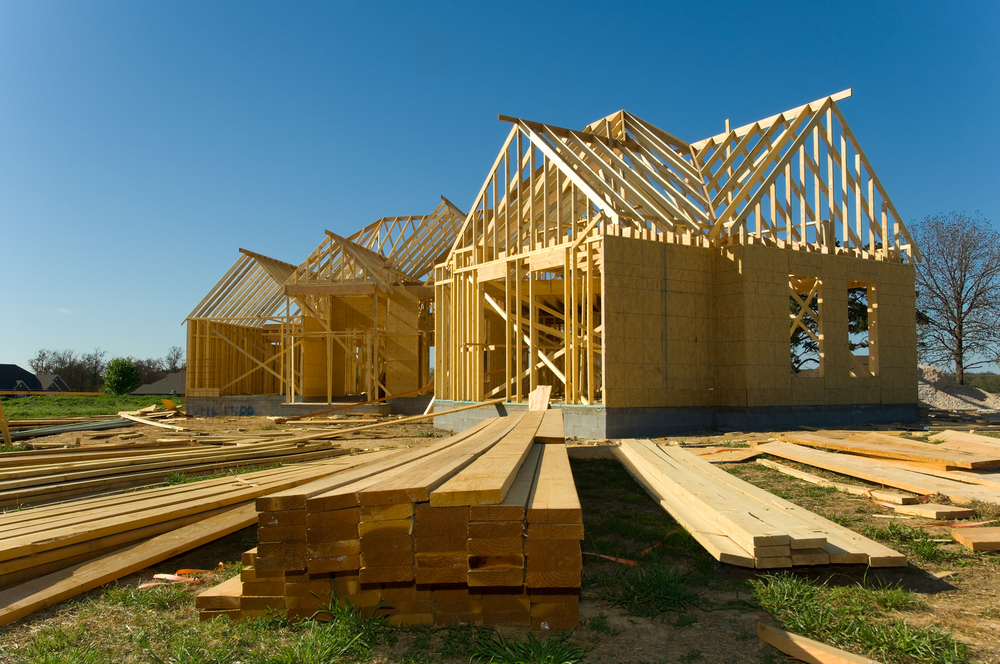
Why PMI Isn’t Common for Land Loans
When it comes to securing financing for land, one term that doesn’t often come up is PMI, or private mortgage insurance. If you’ve purchased a home before, you’re probably familiar with PMI as a requirement for conventional loans when your down payment is less than 20%. However, when it comes to land loans, PMI is generally not a factor—and for good reason.
Land loans are distinct from traditional home loans in several ways. For one, they typically have much shorter repayment terms, often between 5 to 10 years, and higher interest rates. Lenders view land loans as riskier investments, particularly because raw land may not have immediate value or income potential like an existing home.
PMI, which helps protect the lender against losses if you default on a mortgage loan, is typically used in long-term home loans where the lender has a higher risk of losing the collateral over time. Since land loans are more short-term and are seen as riskier due to the lack of immediate improvements or livability, PMI doesn’t make sense in the context of land financing.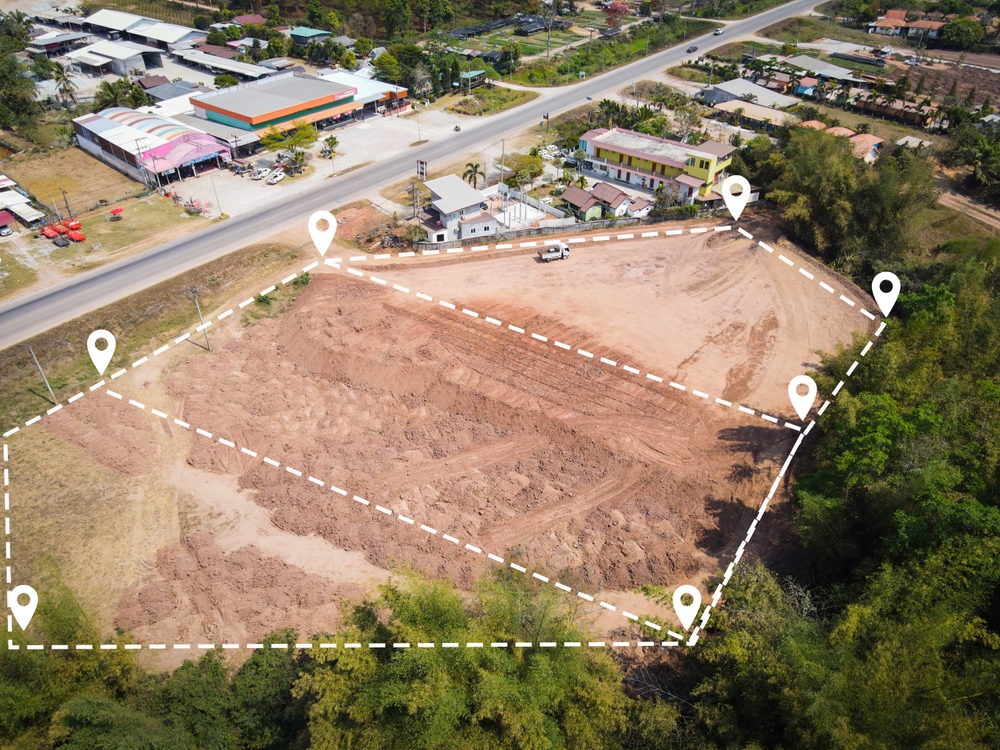
To offset the perceived risk of a land loan, lenders may choose to use other methods to protect themselves instead of requiring PMI. These methods can include:
- Higher Down Payments: Land loans typically require a larger down payment, often between 20% to 50%, depending on the type of land and the lender’s policy. This helps reduce the lender’s financial exposure.
- Higher Interest Rates: Land loans tend to come with higher interest rates than traditional home loans because of the increased risk.
- Stronger Credit Requirements: Lenders may also demand a higher credit score and more substantial financial reserves to approve a land loan. This helps ensure that borrowers are financially stable and capable of repaying the loan.
Exceptions: Construction Loans
While PMI is not common for land loans, there are exceptions when it comes to construction loans. If you’re purchasing land and combining it with a construction-to-permanent loan, which finances both the land and home construction, PMI could come into play under certain circumstances. Specifically, PMI might be required if the loan is structured as a conventional mortgage, so if your down payment is under 20%, PMI could be required.
Additionally, just like conventional mortgages, if your down payment on the entire project is less than 20%, lenders may require PMI to mitigate the added risk. In these cases, the lender views both the land and home as collateral, which aligns more closely with how traditional home mortgages work, making PMI more likely.
What to Watch Out For
While PMI is typically not required for land loans, there are still a few things to be mindful of that could affect your upfront costs. For example, although PMI isn’t a concern, many land loans require a significant down payment—usually around 20% to 30%. The specific amount will depend on the type of land (raw vs. improved, for example) and the lender’s policies.
Land loans can also come with additional fees or insurance requirements that aren’t related to PMI. For example, some lenders may require title insurance to protect against ownership disputes or hazard insurance if the land has existing improvements.
Consider Seller Financing
Seller financing can be a great option if you want to bypass traditional lenders. In a seller-financing arrangement, the landowner acts as the lender, and you make payments directly to them. This setup can sometimes result in more favorable terms compared to traditional loans, particularly when it comes to the down payment.
The beauty of seller financing is the flexibility it offers. The seller may be willing to negotiate a smaller down payment or a more favorable interest rate based on your financial situation. Some sellers may even offer a balloon payment schedule, where larger payments are due at a later date, further minimizing your upfront costs. Keep in mind that seller financing usually requires you to have a strong financial background and a well-documented plan for how you intend to use the land, but it can be an effective way to reduce initial costs.
Find Land with Existing Improvements
When searching for land, consider properties that already have existing improvements. Land with established infrastructure, such as access to utilities, a well, or a septic system, is often less expensive to develop. Additionally, lenders may be more willing to offer favorable loan terms for improved land, as they view it as less risky compared to raw, undeveloped land.
Improved land can save you money in two ways: first, it reduces the cost of installation for utilities and infrastructure, and second, it often leads to better financing options. With established utilities, you’ll be able to focus on the construction of your home rather than investing in additional work to make the land usable. As an added bonus, you may find that improved land is more readily available in areas where construction is actively taking place, providing you with more options.
Explore Land Equity as Collateral
If you already own a property with significant equity, you may be able to use that equity as collateral to finance the purchase of new land. By leveraging the value of your current home or land, you can often eliminate or reduce the need for a cash down payment on the new property. This is particularly useful for those who own property with little to no mortgage left.
Using equity as collateral can also make it easier to secure a favorable interest rate, as lenders often view this arrangement as less risky. However, you should be aware that putting your existing property at risk can lead to complications if you’re unable to repay the loan. So, just make sure you have a solid financial plan before going this route.
Partner with a Builder
Another way to minimize the cost of land is to partner with a builder who offers financing options that include both the cost of the land and the construction of your new home. Some builders offer construction-to-permanent loans as part of a package deal, which can result in a smaller down payment. Since the lender is assuming that the land will increase in value once the home is built, they may offer more favorable terms for the purchase of the land.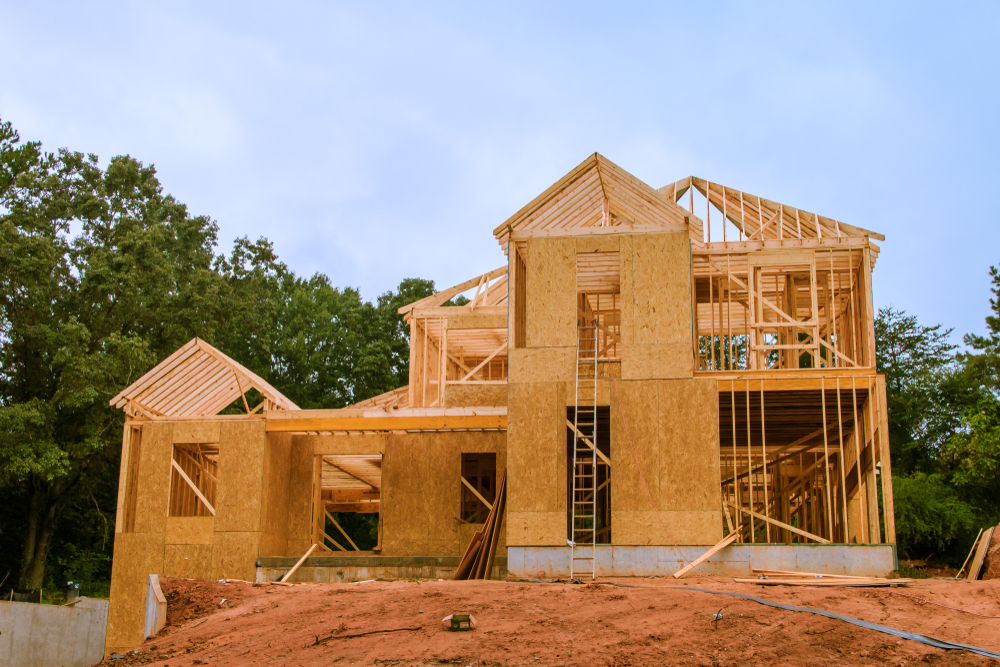
This arrangement can simplify the financing process, as you’ll have one loan that covers both the land and the construction. It also gives you the advantage of working with a builder who is familiar with the financing process, which can make the entire home-building experience smoother and more affordable.
Search for Special Programs or Grants
Various state and local programs provide assistance for first-time land buyers or those building a primary residence. These programs can offer grants, low-interest loans, or down payment assistance to reduce your initial investment in land. It’s a good idea to check with your local government or regional housing agencies to see if you qualify for any of these programs.
Many states also have specific initiatives aimed at promoting homeownership in certain areas, such as rural communities or economically distressed regions. You may also find programs targeted toward veterans, low-income families, or first-time buyers. While these programs are often competitive, they can significantly reduce your out-of-pocket expenses and make homeownership more accessible.
Negotiate Terms with the Seller
Even if seller financing isn’t on the table, there are still opportunities to negotiate better terms with the land seller. For example, you could negotiate a smaller down payment or ask the seller to cover some or all of the closing costs. Some sellers may be willing to offer flexible terms, especially if the land has been on the market for a long time.
If you’re buying land in a buyer’s market, sellers may be more open to creative arrangements. Don’t be afraid to ask for favorable terms, but be sure to present a solid case for why you deserve them. Providing a detailed plan for how you intend to use the land, along with proof of your financial ability to follow through, can help persuade the seller to negotiate on your behalf.
Utilize a HELOC or Personal Loan
If you own a home with substantial equity, you might consider using a home equity line of credit (HELOC) or personal loan to finance the purchase of land. A HELOC allows you to borrow against the equity in your home, usually at a lower interest rate than traditional loans. Personal loans, on the other hand, generally offer higher interest rates. However, they can provide a quick and easy way to secure upfront funds for a land purchase.
A HELOC is an ideal option if you’re looking to keep costs low, as you can tap into the equity in your home without going through the lengthy process of securing a traditional loan. However, be mindful of the interest rates and repayment terms associated with personal loans, as they can sometimes be less favorable than other financing options.
Lease-to-Own Options
In some cases, a seller may be willing to offer a lease-to-own agreement for the land. With this arrangement, you lease the land for a set period, with your rent payments going toward the eventual purchase of the property. This is an excellent way to minimize upfront costs while still working toward ownership.
Lease-to-own options allow you to spread out the financial burden over time, and they can be especially beneficial if you’re uncertain about your ability to secure financing right away. Just be sure to understand the terms of the lease and the final purchase price before entering into this kind of arrangement.
Build a Strong Case for Financing
When applying for traditional financing, it’s essential to show the lender that the land you’re purchasing will increase in value once the home is built. Providing a well-detailed construction plan, complete with estimates, timelines, and potential appraisals, can help convince lenders that the investment is worthwhile.
If possible, consider putting down a larger deposit on the construction phase rather than the land purchase itself. Some lenders may offer better terms for land loans if they see that you’re committed to the project and ready to start construction immediately after purchasing the land.
By understanding and leveraging these strategies, you can significantly reduce the cost of purchasing land for your new home. Whether you pursue low-down-payment loans, explore seller financing, or tap into government programs, there are multiple ways to make land ownership more affordable. With careful planning and a proactive approach, you can minimize upfront costs and secure a great piece of land for your home-building project.

